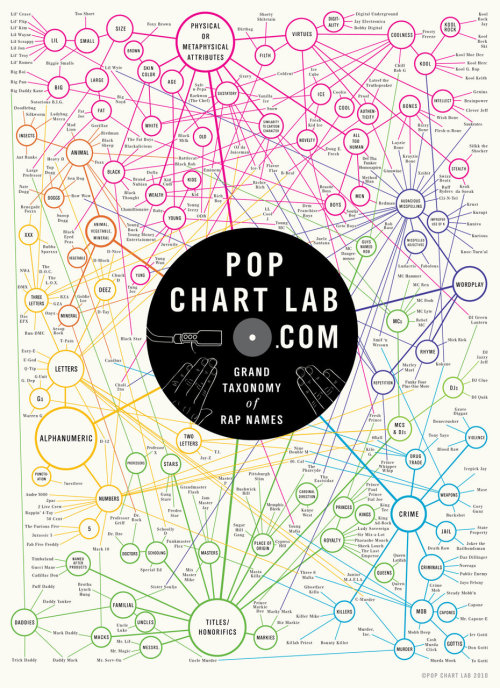THE BAD PLUS
Put it on the internet, and I can access it from anywhere! After reading through these, I've extracted bits of info that might come in handy while learning about the group The Bad Plus. I'm also starting to form some questions that I might need to ask when we visit the Folly Theater, if I can't find the answers through more research.
As I read more, I'll continue to listen to their music, too.
NOTES
band's range as well as its three distinct personalities. From gentle and melodic to fierce and abstract, from swing to 80's techno, NEVER STOP is tied together by a group sound that embraces diversity as strength.
The Bad Plus Reid Anderson, Ethan Iverson and David King have broken down the walls of jazz convention and created an uncompromising body of work. Few jazz groups in recent memory have amassed such acclaim, and few have inspired such controversy. Their belief in the band ethos and their personal brand of avant-garde populism have put them at the forefront of a new instrumental music movement, drawing audiences both traditional and mainstream. While the bulk of their output has been original music, they have deconstructed songs in the pop, rock as well as the country and classical music idioms.
http://www.thebadplus.com/
Iverson, Anderson and King first played together in 1989 but established The Bad Plus in 2000.
The trio's music combines elements of modern Avant-garde jazz with rock and pop influences. The band have recorded versions of songs by Nirvana, Aphex Twin, Blondie, Ornette Coleman, Pixies, Rush,Tears for Fears, Neil Young, David Bowie, Yes, Interpol, and Black Sabbath.
The band has said that they changed their sound a little bit for their sixth album, For All I Care.
The Bad Plus announced their next album, Never Stop, for release on September 14, 2010.
http://en.wikipedia.org/wiki/The_Bad_Plus
They have spent the last decade being known as one of the country's brightest lights in modern jazz.
"We approached the recording of this album more like a jazz record from the '50s or '60s," says King. "... It created a really free atmosphere, as if we were playing a show."
http://blogs.citypages.com/gimmenoise/2010/07/the_bad_plus_an.php
eccentric, freeform jazz, (covers) uses these songs as more of a jumping off point than something to actually cover
http://malleusincus.com/2010/07/14/jazzing-up-the-indie-smoothing-out-the-rock/
“The Bad Plus are the Coen Brothers of jazz: Midwesterners, both ironic and dead earnest, technically brilliant, beyond versatile, a little chilly sometimes, but funny, surprising, and pretty hard to pin down.” (The New Yorker)
distinctive, eclectic, and formidable.
The Bad Plus has expelled all notions of what a jazz piano trio should sound like, proudly recognizing and respecting the rules while ripping them to shreds. “It’s about as badass as highbrow gets,” says Rolling Stone.
http://www.ums.org/s_current_season/artist.asp?pageid=550
Since then, each of the trio's records has further explored the group's self-styled universe, while also demonstrating its commitment to the art of the trio.
http://www.npr.org/templates/story/story.php?storyId=100643996
The Bad Plus are a trio toying with mass appeal in a genre gone unfortunately highbrow. They consist of pianist Ethan Iverson, bassist Reid Anderson, and drummer Dave King. And though they make notable forays into unlikely secular material, they all compose originals that form the lion’s share of the album. One reason they could be mistaken for a band lies in the free exchange within the group. No one player really dominates the proceedings, and each is a refreshingly talented and original craftsman. The aforementioned dynamics are wonderfully balanced, loud and soft nimbly alternating in a manner akin to the groups’ ‘90s heroes such as the Pixies.
the group might toy with avant-garde or free playing and intense shifts of mood and volume, but at their core, they bloody well swing, an unfairly devalued currency in these trying times.
well-produced tunes that present themselves to a potential mass audience with hectic grace, sober whimsy, fluent navigation of chaos and without the slightest shred of pomposity. Which, in the end, might just be exactly what jazz needs right now.
http://www.stylusmagazine.com/reviews/the-bad-plus/prog.htm
After performing "Lithium," King explained that it's the tradition of jazz to "have a dialog with contemporary popular music."
http://www.npr.org/templates/story/story.php?storyId=103324094&ps=rs
engaged popular music masterworks as vessels for 21st century jazz improvisation. But that was only a limited part of the trio's oeuvre, with clever originals comprising the bulk of its material.
http://www.npr.org/templates/story/story.php?storyId=111690750
"We have a pretty large repertoire at this point, and the band has been together for ten years strong now, so we just kind of decide about five minutes before we go on stage what we're going to play," says bassist Reid Anderson.
"The basis of it is that there's a lot of trust between us. We have such a long relationship, and we sort of speak the same language in many senses," he says. "The reason the Bad Plus sounds like it does is because it's a situation where all three of us can truly be who we are. It's not a situation where anyone is trying to support a leader of a band, or someone's specific concept. There's a certain energy to that that's been important to us from the beginning, to really define ourselves that way."
http://blogs.riverfronttimes.com/atoz/2010/01/bad_plus_jazz_bistro_reid_anderson_interview_st_louis_january_6_2010.php
MUSIC SAMPLES
http://www.last.fm/music/The+Bad+Plus



















